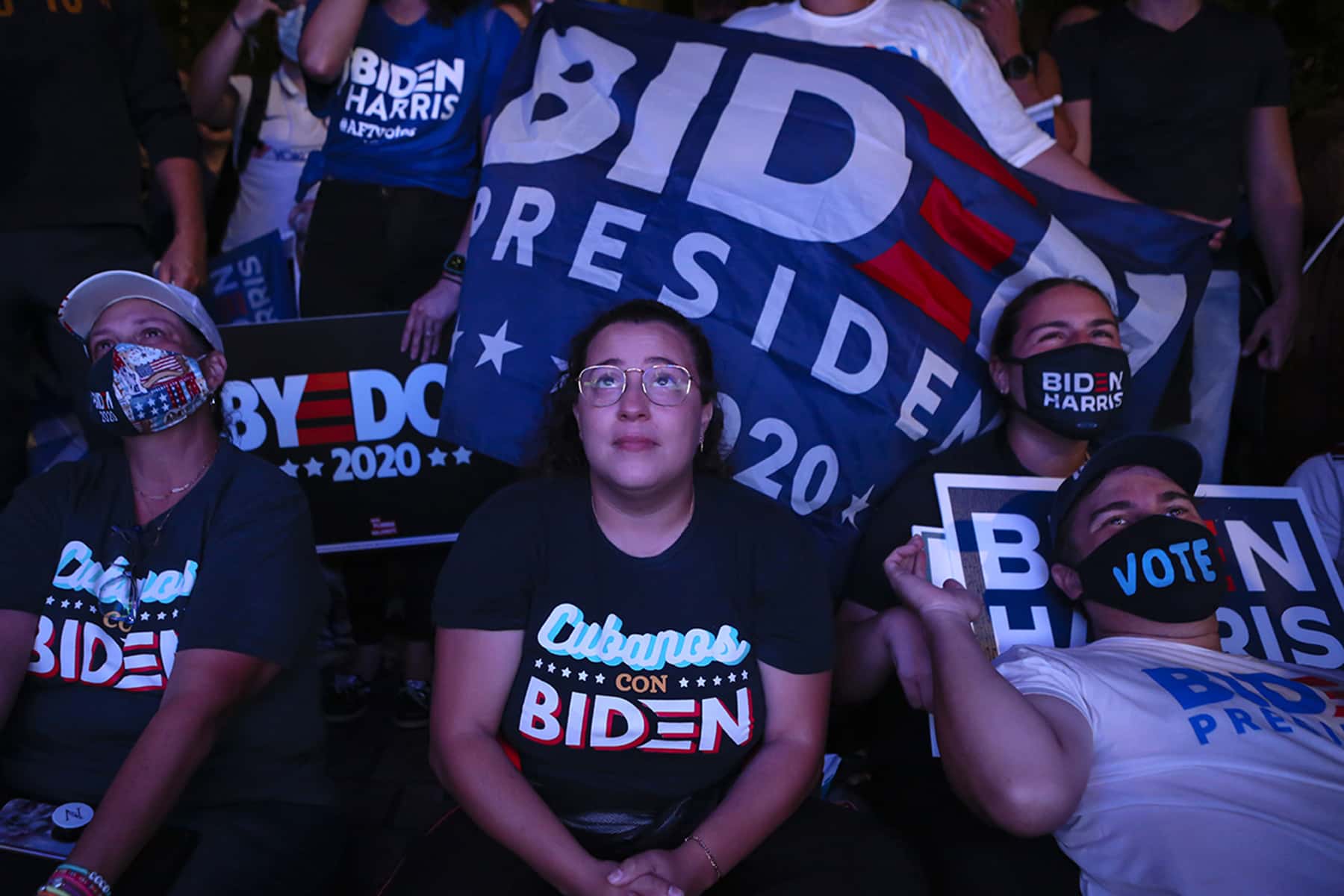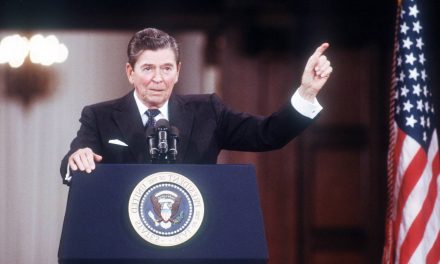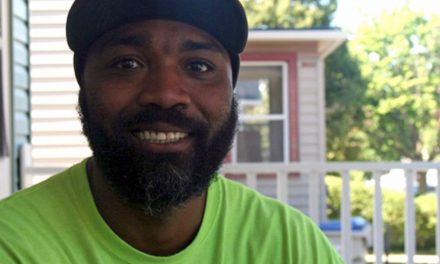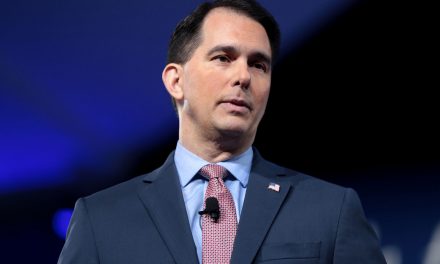
The 2020 election has been the most important of our lifetime, perhaps in the history of our country, and voter turnout reflected that sentiment. Despite the pandemic, hurricanes, wildfires, and voter suppression, people engaged in this sacred rite in record numbers.
But beyond these forces, the biggest factor in determining the outcome of the presidential election is the Electoral College. This system has relegated recent elections into an exercise of mathematical gymnastics between two candidates to win a few battleground states. Is that what our Founding Fathers had in mind when they envisioned our democracy? Why did the delegates of the Constitutional Convention form the Electoral College, and why do we still have to contend with it? To see whether there are any connections between our present circumstances and the past, I went straight to the source—the United States Constitution.
Snobbery and Slavery
From the beginning, the Founding Fathers rejected the notion of the popular vote for presidential elections in favor of the establishment of an Electoral College, comprised of delegates who were chosen by each state. They gave these delegates, not the people, the power to elect the president. The rationale behind the formation of the Electoral College was based on two issues: snobbery and slavery.
In terms of snobbery, the Founding Fathers thought that voters (who, at the time, were exclusively White, property-owning, Christian men over 21 years old) lacked the intellect to make informed choices about candidates. Historian David Roos wrote that the Founding Fathers were fearful of “a headstrong, democratic mob steering the country astray.” Roos also mentioned that the framers of the Constitution were rather prophetically concerned about the election of “a populist president who could appeal directly to the people and command dangerous amounts of power.”
With these concerns in mind, the Founding Fathers gave the responsibility of electing the president to a select group of electors who were educated, articulate, cultured, and had the resources to do their job. In essence, the Founding Fathers were looking for Electoral College delegates who looked like them. In terms of slavery, this issue goes back to the 3/5 Compromise and representation. Under the Constitution, the number of electoral delegates for each state was determined by the number of representatives and senators from each state. States with bigger populations were allotted more representatives, and thus, more delegates.
In 1787, as it is now, the population in the North outnumbered the population in the South, and one of the most heated debates of the Constitutional Convention was, who shall be counted and considered a person in this new country, and how human is an enslaved person? Northerners preferred a 4:3 ratio of enslaved people to those counted for purposes of determining population, while Southerners preferred a 4:1 ratio. James Madison, a Virginia slaveowner who is commonly referred to as the “Father of the Constitution,” offered a compromise a 5:3 ratio. Thus, the 3/5 Compromise was ratified into our Constitution.
At the time, four states (Maryland, North Carolina, South Carolina, and Virginia) had more than 500,000 enslaved residents. Applying the 3/5 rule, this increased the number of “people” in these four states by 300,000, allowing the South to control more than half of the Electoral College votes. This allowed for four slave-owning presidents (Washington, Jefferson, Madison, Monroe) to lay a foundation of policies and practices that perpetuated the institution of slavery and the continued dehumanization of Black people.
The 3/5 compromise was overturned in 1868 with the passage of the Fourteenth Amendment, thereby allotting even more Electoral College delegates for the Southern states. And while the South gained more electoral votes, they did not assure that Black citizens were represented with “full protection under the law,” as stated in the Fourteenth Amendment. The legacy of that broken promise remains to this day.
Equality vs. Equity
While the Electoral College originated in snobbery and slavery, the current tensions revolve around equality and equity. Our nation was founded on the principle that we are all created equal. If we adhere to that principle, every person’s vote would count equally—the Electoral College would not exist, and we would elect our President by popular vote. This would ensure that the will of the people largely reflects those who reside in metropolitan areas, primarily in the Northeast and the West.
This poses a dilemma for both sides of the political spectrum. Republicans, by and large, support equality—the notion of individual rights, small government, a merit-based, bootstraps mentality. Democrats side with equity—the belief that we must protect minorities, assuring that their voices are heard, and that they have the resources to prosper.
There is also inequity in representation by state. Most states have adopted a winner-take-all policy, where all Electoral College votes from each state are allocated to the winner of the popular vote. If a candidate wins a state by a narrow margin (e.g. Florida in 2000, Wisconsin in 2016, or Georgia in 2020), how is a winner-take-all policy fair? Maine and Nebraska use a district-based approach, so electors aren’t required to vote as a bloc. In the 2020 election, one voters in Nebraska chose to award one electoral vote to Biden. Under some scenarios, this single vote could have made the difference in determining the outcome of the election.
A More Perfect Union of We the People
Given these current dynamics (equity vs. equality), and the reasons (snobbery and slavery) why the Electoral College was created, why do we still abide by it? A recent Gallup poll indicated that 61% of respondents wanted to abolish the system, while just 38% wanted to keep it. There have been many attempts to change or abolish the Electoral College system, especially since the 2000 election, but all have failed. One reason is that it would require amending the Constitution, a complicated process that requires a two-third supermajority in Congress and approval by three-fourths of the States—virtually impossible in these polarized times.
A recent alternative, the National Popular Vote Interstate Compact, has gained attention. Through this approach, state electors agree to vote for the candidate who wins the national popular vote (rather than the popular vote of just their state). To date, 16 states and jurisdictions representing 196 electoral votes have signed onto the compact. None of these are Republican or swing states. If states representing 74 more electoral votes to sign on to this compact, that would render the Electoral College moot without having to amend the Constitution.
Needless to say, the 2020 election, as every presidential election, brings the dilemma of the Electoral College to light. The question is, come January, will we go back to sleep for another three-and-a-half years, only to complain about it again? Or will we confront this complex and painful dilemma that faces our democracy, allowing us to move on to the essential work of healing our communities and finding new approaches to form a more perfect union? I am holding hope in my fellow citizens that we can go there together.
Еvа Mаrіе Uzcаtеguі Trіnkl
Originally published by YES! Magazine as How We the People Can Take Back the Country














